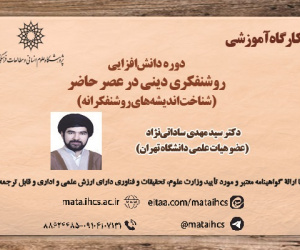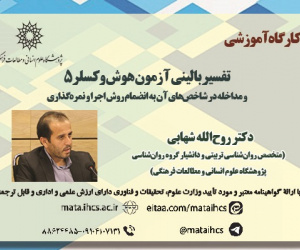شرح و تصحیح کَلیله و دمنه در بوته نقد
آرشیو
چکیده
یکی از مهم ترین و جذاب ترین متون نثر روایی متقدم کتاب کَلیله و دمنه ترجمه شده توسط نصرالله منشی است. این اثرکه از زبان حیوانات می باشد(فابل)، به دلیل سبک روایی و نثر فاخر و فنی آن، در میان متون نثر کهن،از جایگاه ویژه و قابل توجهی برخوردار است. از آنجا که کتاب کَلیله ودمنه، یکی از درس های ثابت دردوره ی کارشناسی رشته ی زبان و ادبیات فارسی است، به دلیل نثر فنی آن، لازم است که واژه به واژه و سطر به سطر آن شرح و معنا شود تا در ادامه شرحی پیراسته و منقح در اختیار دانشجویان و استادان رشته ی زبان و ادبیات فارسی قرار گیرد. از آنجا که شرح جامعی که در محافل ادبی و دانشگاهی بیشتر مورد پسند و پذیرش استادان و دانشجویان قرار گرفته است و تدریس می شود شرح استاد مجتبی مینوی طهرانی است، در این جستار کوشش شده است که برخی از کاستی های این شرح نشان داده شود وتلاش شده است که با تکیه بر متن کَلیله و دمنه و منابع مرتبط، معنای سازوارتری ارائه شود.Commentary and Critique of the Annotated Edition of Kalīla wa-Dimna
One of the most important and captivating works of early narrative prose is the Kalīla wa-Dimna, translated by Nasrollah Monshi. This fable, narrated through the voices of animals, holds a special and significant place among ancient prose texts due to its narrative style and elevated, technical prose. Given that Kalīla wa-Dimna is a standard course in the undergraduate curriculum for Persian Language and Literature, its complex prose requires a word-by-word and line-by-line explanation to provide a refined and comprehensive commentary for students and professors in this field. The commentary by Professor Mojtaba Minovi Tehrani is the most widely accepted and utilized in academic and literary circles. However, this study aims to highlight some of the shortcomings of Minovi's commentary and endeavors to present a more coherent interpretation by relying on the original Kalīla wa-Dimna text and related sources.







